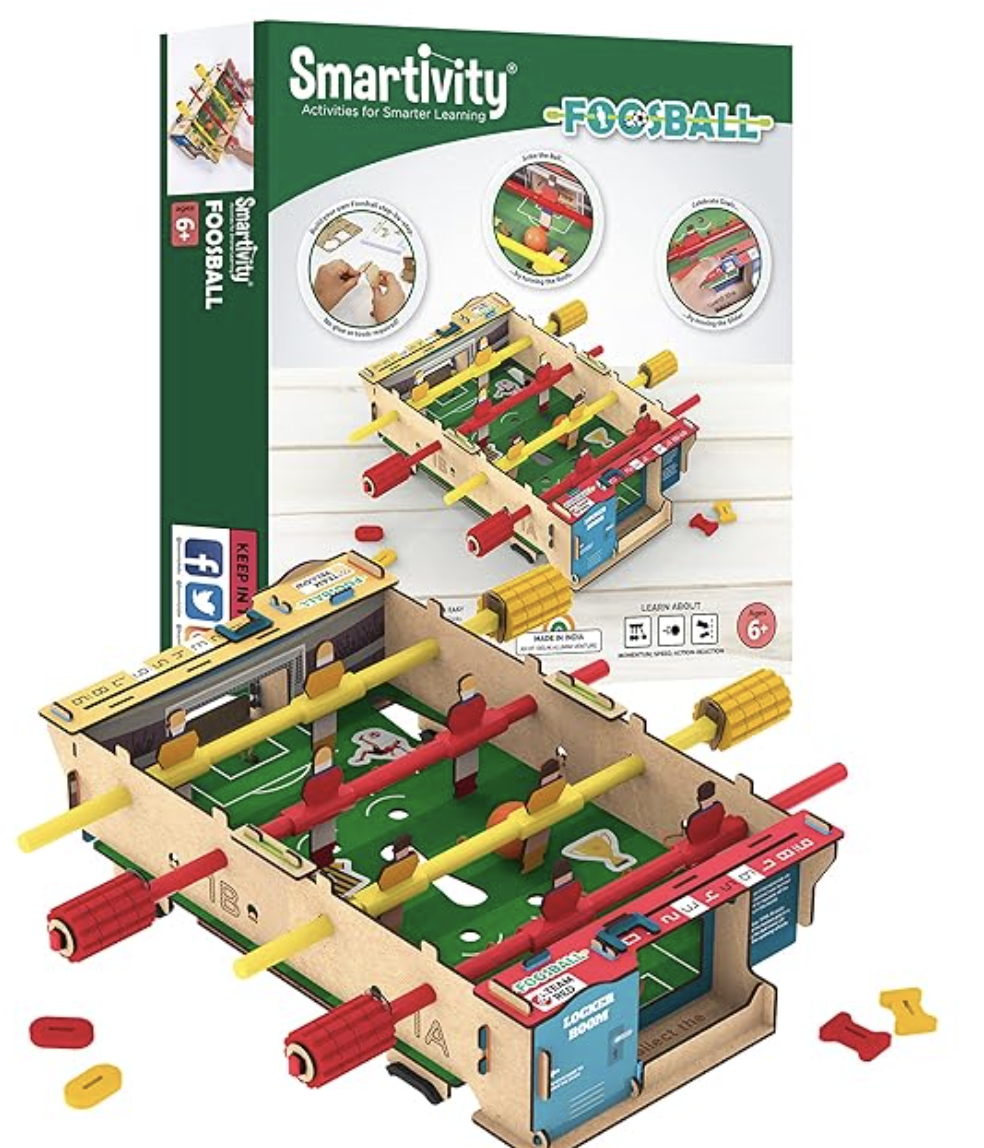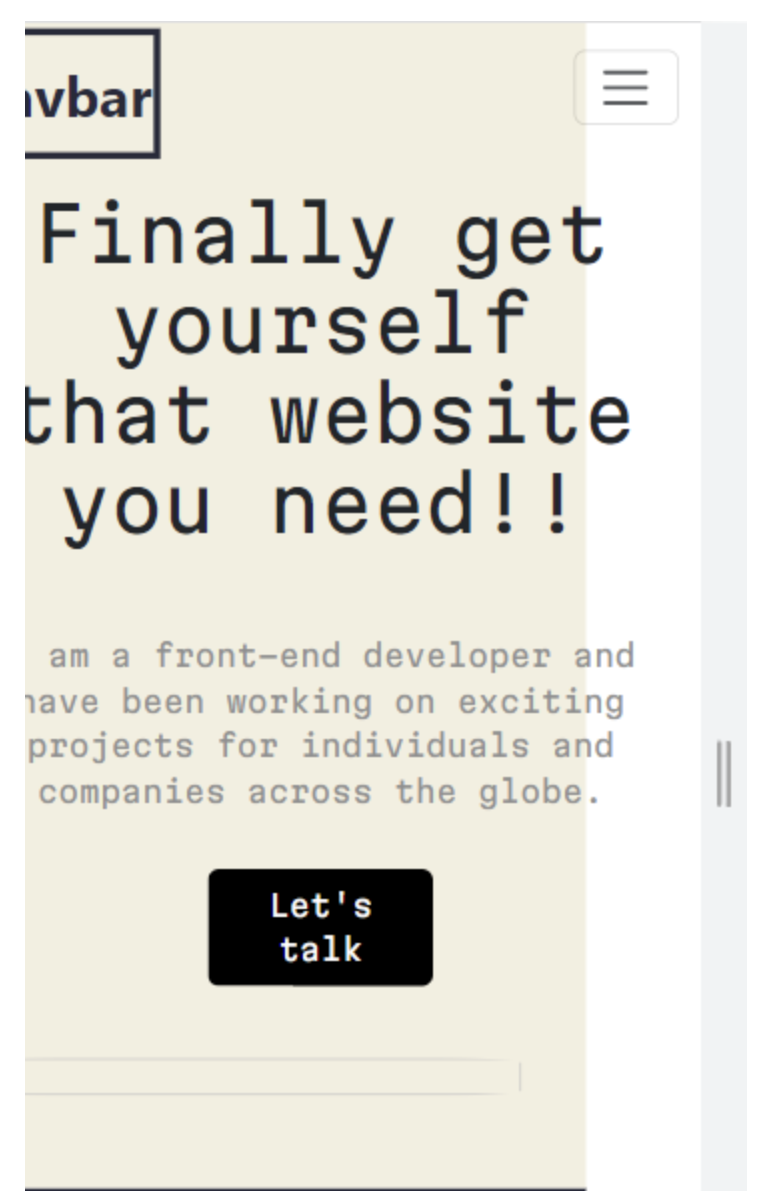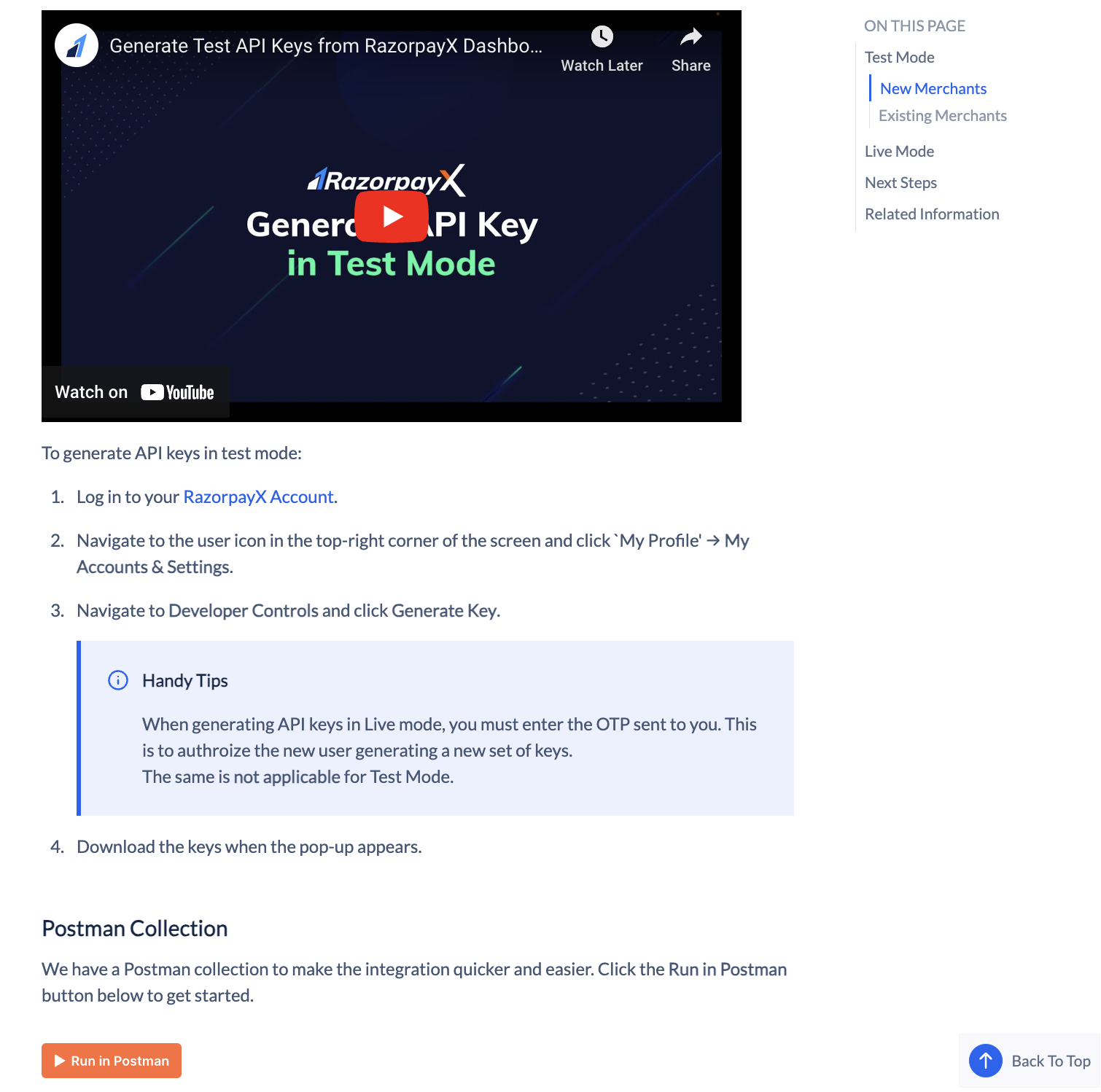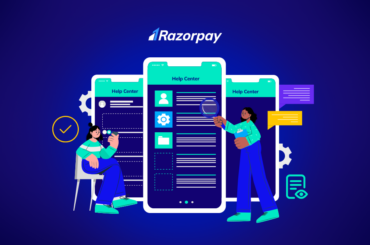Recently, I bought a DIY Foosball for my 6-year-old kid. The game kit had a 60-page booklet explaining every piece and 35 steps to set it up. I would have given up if I had to follow these steps on the web!

 The above example points to a vital consideration while documenting content – the medium. Will the content be published in print, online or on a hand-held device such as mobile or tablet?
The above example points to a vital consideration while documenting content – the medium. Will the content be published in print, online or on a hand-held device such as mobile or tablet?
Documents, such as Installation Guides, User Guides, Help, and FAQs for different products and offerings, are published on different mediums. Say, for example:
- The small booklet with a mobile device is a Get Started guide printed manual.
- The information about how to change the wallpaper of your mobile device is an integrated FAQ document on mobile.
- The information on the web about “How to integrate Razorpay Payment Gateway on a Woocommerce website” is an integration guide available on Razorpay’s documentation website.
But how do tech communicators decide when to use which medium? This blog explores the critical aspects tech writers and content strategists should consider while choosing the medium. The blog further discusses how writing content for print differs from mobile or web writing.
Factors that Decide Medium of Technical Documentation
Kind of Product or Offering
- For physical products, creating technical content in print makes more sense. However, this is not a thumb rule. The tech writers should evaluate the other factors, too, before deciding the most appropriate medium.
- For complex products that require pages of explanation and understanding, content in print is more useful as the users must do a deep study and grasp the concepts well before using the product. Reading on print is a better experience than on the web as it is easier to concentrate (no distraction from pop-ups and advertisements) and less strain on the eyes—for example, Server Installation and Configuration Guide.
- For products that require complex diagrams or multiple steps, which run through pages, it is easier to follow diagrams, maps and complicated steps in print than on the web.
User Journey Impacted
The tech writers should understand the user journey and the possible scenarios when they refer to the technical documentation.
Say, for example, while using an application such as Google Docs on a laptop, whenever a user requires help with adding tables, the help is displayed as a pop-up on top of the user’s document. A help within context is much more helpful.
 Let me explain this with one more example. I bought a pair of earpods and referred to the set-up guide, a small leaflet with the earpod box. It was a quick 2-step setup, easy and simple. Providing this information in print makes perfect sense as I was getting started with the physical device.
Let me explain this with one more example. I bought a pair of earpods and referred to the set-up guide, a small leaflet with the earpod box. It was a quick 2-step setup, easy and simple. Providing this information in print makes perfect sense as I was getting started with the physical device.
While using the device, I encountered a couple of issues, like the voice of the left earpod not being in sync with the right earpod. I referred to FAQs on the company website. It is difficult to list the 30+ errors in print as that would have made the troubleshooting guide voluminous, and the company would have to spend more on bigger packaging to house a bigger guide! And that’s not a good business decision, isn’t it? Hence, the decision-makers understood the user journey well and presented information as and when the users required it – Get Started in print and Troubleshooting on the web. Perfect!
The help for mobile devices is available mostly under a menu called Help. The users can refer to the Help on their mobile devices and self-serve.
Other factors like how often the content needs to be revised, content maintenance, language support, and scalability based on the number of product offerings and geographies supported are the other crucial points to consider when deciding the content medium.
Generating content in print means printing expenses, storage of these guides and packaging of these guides. On the other hand, generating content on the web implies the infrastructure cost required to host the content. When content goes online, availability and data security are also essential aspects, all of which come with a cost.
Writing for Print Vs. Online Vs. Mobile
When Tech Writers write, they must be mindful of where the content will be published.
Format
The formatting and layout of a guide vary largely based on the medium where it will be published.
A guide on print requires a cover page, page margins, table of contents, page numbering, and several other formatting pieces so that the pages can be printed and pinned together as a book.
A guide on the web is more of separated pages with some consistency and an easy way to move between the Previous and Next pages. Instead of a table of contents, there will be a navigation mechanism and Search to find information.
While writing for mobile devices, tech writers should use a simple layout with an easy flow of information. Most often, a different content design is used for mobile. Content overflowing is a common issue while displaying content on mobile devices. Thorough testing should be done on various mobile device screen resolutions to ensure the content is aesthetically presented.
 A few organisations may be required to display content on multiple mediums. Several tools, such as Adobe RoboHelp, allow content to be displayed on the web with HTML or CHM outputs or in print with PDF output. They often create responsive content, which can autofit itself based on the screen resolution.
A few organisations may be required to display content on multiple mediums. Several tools, such as Adobe RoboHelp, allow content to be displayed on the web with HTML or CHM outputs or in print with PDF output. They often create responsive content, which can autofit itself based on the screen resolution.
Content Type
When tech writers create content in print, they use text, images and diagrams to explain their concepts. Adding references means listing down the related topics. Hyperlinks and bookmarks are not going to work in print.
Web content types, such as text, images, diagrams, gifs, videos and interactive content, can be more varied. References and bookmarks are vastly used as the users can quickly jump between web pages.
 The content needs to be crisper while writing help for mobile due to the small real estate available on the mobile screen. Also, some terminologies, such as Tap instead of Click, need to be mobile-specific. The content should be condensed with fewer steps, shorter headings and minimal images.
The content needs to be crisper while writing help for mobile due to the small real estate available on the mobile screen. Also, some terminologies, such as Tap instead of Click, need to be mobile-specific. The content should be condensed with fewer steps, shorter headings and minimal images.
Conclusion
Organisations need to choose the medium to publish product and technical content wisely. They often use a combination of these or all of these based on the products they offer and their audience. The tech writers must employ concepts like single-sourcing and tools that support content reuse to publish content on multiple mediums. Whatever mediums the tech writers choose to publish their content, they must also consider the maintainability and scalability of the content as organisations grow and products become more complex.
References
https://www.nngroup.com/articles/writing-style-for-print-vs-web/
https://medium.com/swlh/how-to-optimize-your-writing-for-mobile-devices-8bd549d243bf
https://visual.ly/community/Infographics/education/writing-mobile-devices





